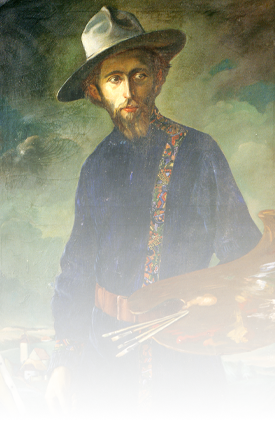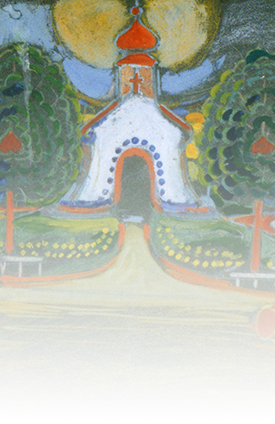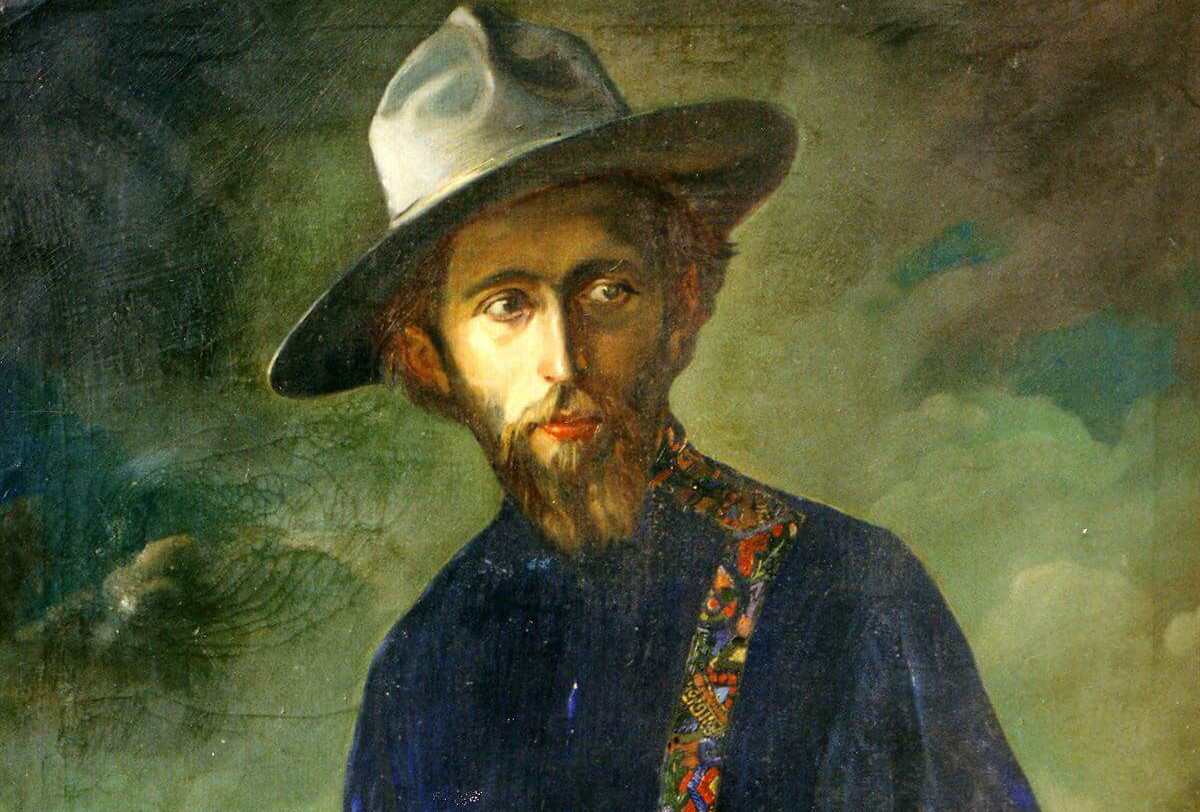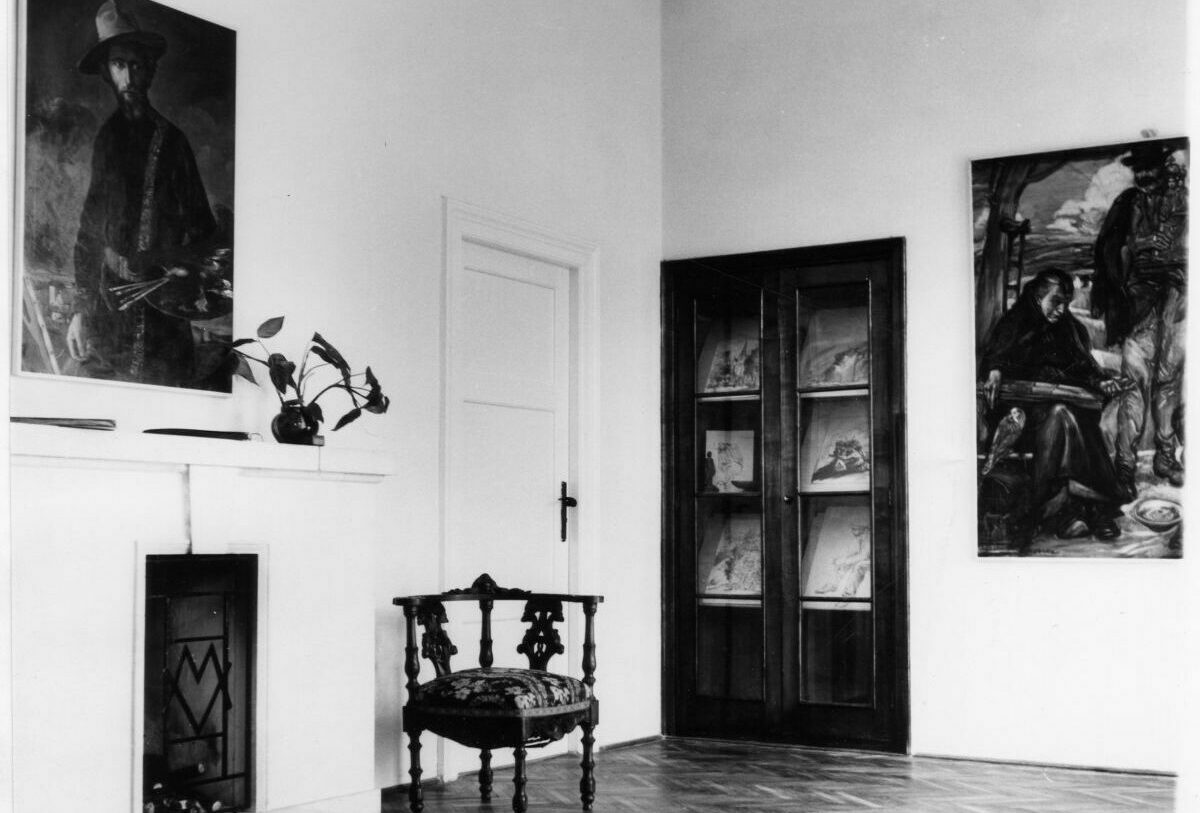Exhibition of works of art from the
MAKSIMILIJAN VANKA Memorial Collection
of the Croatian Academy of Sciences and Arts in Korčula
Maksimilijan Vanka (October 11, 1889 – February 2, 1963) is a prominent Croatian artist, active from the second decade of the last century until his sudden death. A quarter century earlier he settled permanently in the United States of America, as a result of which a significant proportion of his artistic production has remained outside his homeland. […] Read more
Lorem ipsum dolor sit
Consectetur adipiscing elit sed
Duis aute irure dolor in
gumb za dole ne dirati jer će nestati nakon otvaranja editora
mobilno zaglavlje
Lorem ipsum dolor sit
Consectetur adipiscing elit sed
Duis aute irure dolor in

Novo zaglavlje
Exhibition of works of art from the
MAKSIMILIJAN VANKA
Memorial Collection of the Croatian Academy of Sciences and Arts in Korčula
Središnji tekst
About the exhibition
Maksimilijan Vanka (October 11, 1889 – February 2, 1963) is a prominent Croatian artist, active from the second decade of the last century until his sudden death. A quarter century earlier he settled permanently in the United States of America, as a result of which a significant proportion of his artistic production has remained outside his homeland. Apart from the James A. Michener Art Museum in Doylestown (Pennsylvania) and the private collection of the artist’s heirs, the Maksimilijan Vanka Memorial Collection of the Croatian Academy of Sciences and Arts (CASA, Croatian: HAZU) comprises the majority of his works. The collection is housed in a villa located on Cape St. Nicholas, near the entrance to the western port of Korčula. It has been mounted by virtue of the Stetten-Vanka family, who donated two of their properties there, around a hundred artworks of the deceased (paintings, sketches, small statues and ceramics) and valuable documentary material shortly after the artist’s death. The larger house, in which the artwork has been exhibited from the very beginning, has been renovated and adapted on several occasions, and the exhibition displays have been modernized as well. In the summer of 2019, within the process of the latest planned renovation, the artworks were temporarily displaced to Zagreb in the storages of the Strossmayer Gallery, the Academy’s museum unit under whose expert care the Collection has been for decades already. The artistic items were subjected to scrutiny by experts from the Croatian Conservation Institute, on the basis of which measures of their preventive protection have been taken and a long-term plan of conservation interventions has been outlined. The physical accessibility of the material provided an opportunity for its closer visual examination, the preliminary results of which, complemented by a comparative analysis of the artwork as well as the archival material of other public and private possessors, will be presented in this exhibition. Without attempting to be a retrospective review, its aim is to acquaint the public with the Collection and, within the limits of our current knowledge, to place it in relation to the remainder of the well-known section of Vanka’s oeuvre. Of a hundred artworks represented in the collection, the exhibition covers around a half. Trying to be guided by the criterion of artistic merit as much as possible, the raison d'être for the selection was the representativeness of an individual work in regard to the exceptional heterogeneity of genre-thematic determinants, design and stylistic features and techniques represented in Vanka’s oeuvre. An additional limiting factor in deciding which one to choose was the state of the artwork. The exhibition has been organized in three thematic units, of which the first one is a review of the artist’s life and work, the focus of the second is the Collection itself, followed finally by a catalogue of selected artworks.






